LeoRexTyrannus
Member
@Weezard
@Weezard
I will be in a position to build an array much sooner than previous thought possible, in your opinion how many <- this is an accidental post not a double. I apologize. Admin please at my request delete this.
@Weezard
I will be in a position to build an array much sooner than previous thought possible, in your opinion how many <- this is an accidental post not a double. I apologize. Admin please at my request delete this.


 ..
..
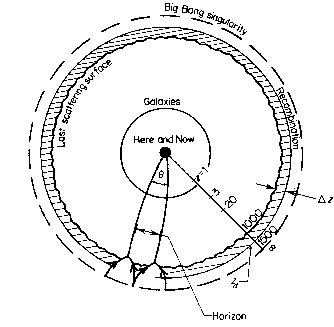

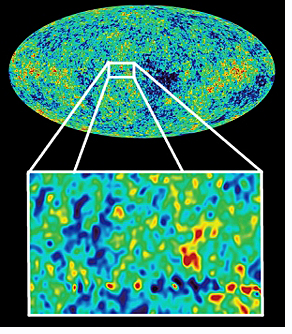


 and watch you lot.
and watch you lot.

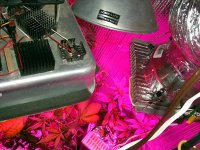
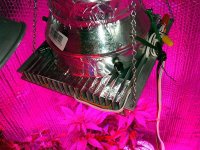
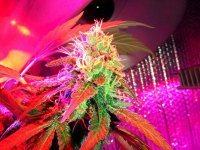
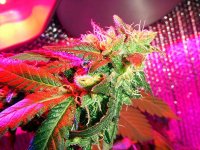
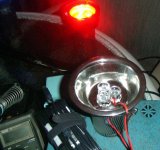
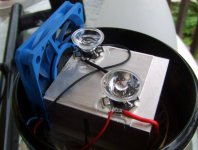
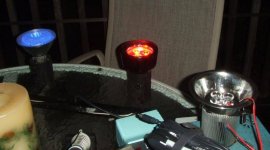
 (Psst, the truth is, he's just too damn lazy to do the extra work involved)
(Psst, the truth is, he's just too damn lazy to do the extra work involved)
